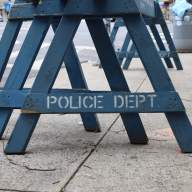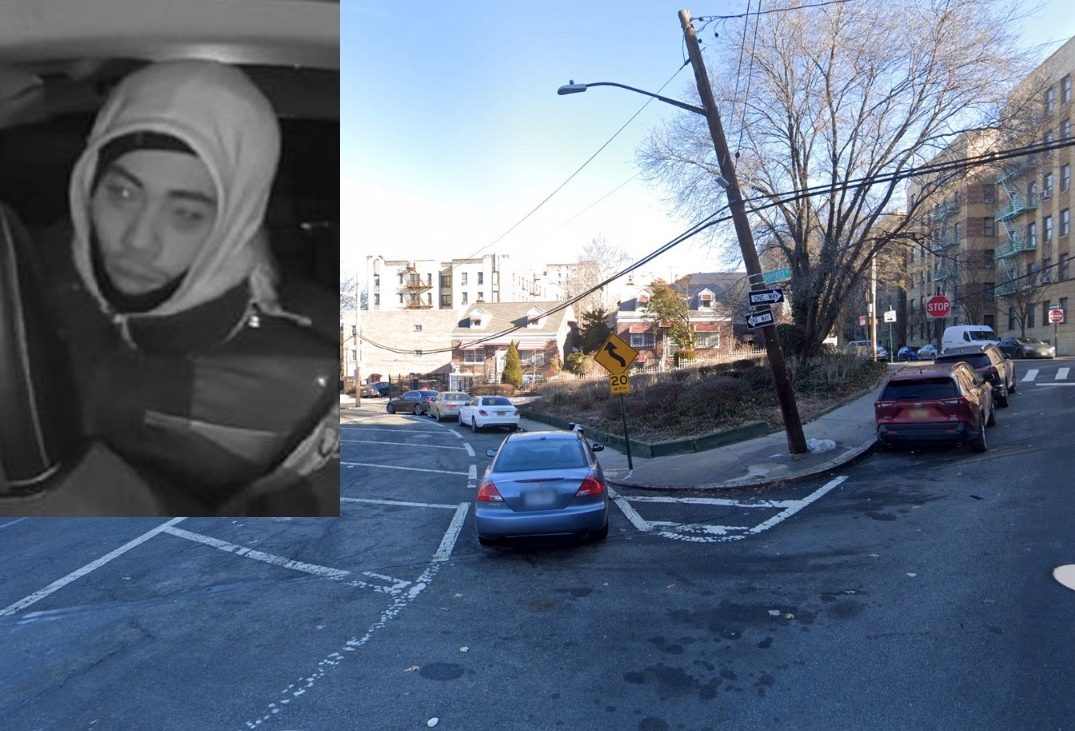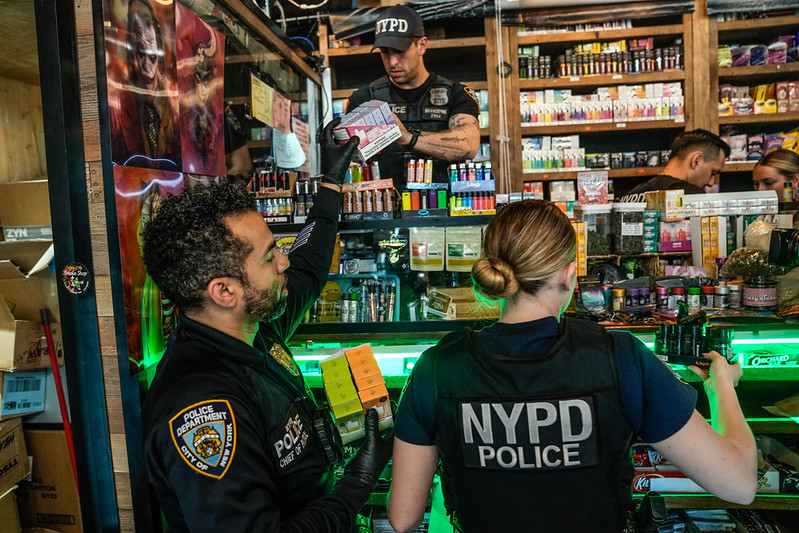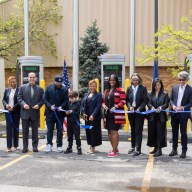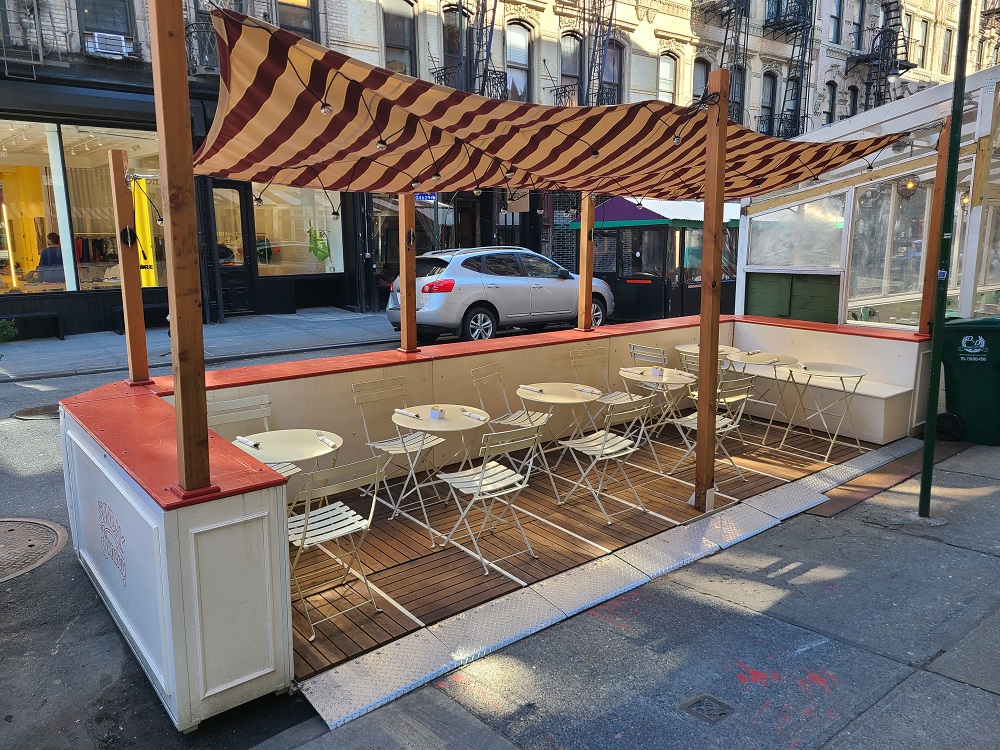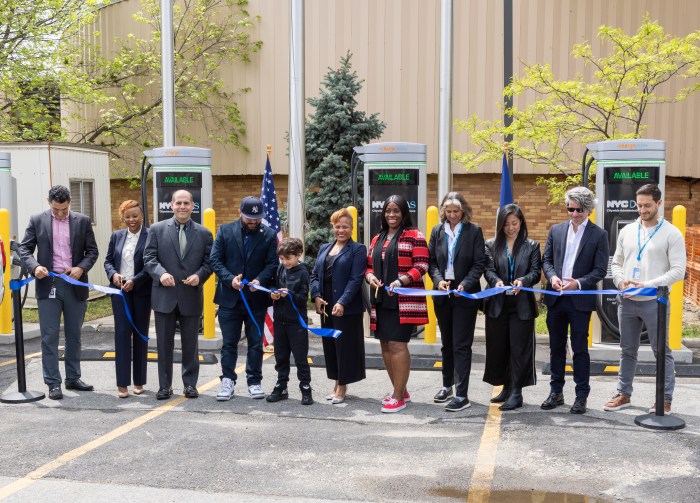Starting with the 2019 General Election, voters in New York will have an additional nine days to cast a ballot.
The Democrat-controlled New York State legislature approved early voting during the opening days of the 2019 legislative session. Earlier attempts to pass the voting reform were blocked by the Republican-led state senate, which lost its majority in the 2018 election.
Voters have been assigned early voting poll sites in each county throughout the state. The Bronx will have 11 voting locations offering various hours of operation to accommodate voters, beginning ten days before an election. Early voting will end the Sunday before election day.
This year early voting is set for Saturday, October 26 to Sunday, November 3. Election Day is Tuesday, November 5. The sites will be open 10 a.m. to 4 p.m. on both Saturdays and Sundays, 7 a.m. to 8 p.m. on Tuesday and Friday and 9 a.m. to 5 p.m. the other days.
The Bronx early voting sites are: I.S. 174, 456 White Plains Road; St. Frances de Chantal, 190 Hollywood Avenue; P.S. 207, 3030 Goodwin Terrace; Truman High School, 750 Baychester Avenue; Monroe College, 2501 Jerome Avenue; St. Anthony’s Church, 4505 Richardson Avenue; Bronx Regional High School, 1010 Rev. James Polite Avenue; Bronx River Community Center, 1619 E. 174th Street; J.H.S. 45, 2502 Lorillard Place; Bronx County Court House, 851 Grand Concourse; and Columbus High School, 925 Astor Avenue.
The League of Women Voters of New York State provided the following early voting FAQs:
• You do not need to have a reason or excuse to vote early;
• Non-early voters must use their assigned polling places on Election Day;
• An early voter is not eligible to vote by either absentee ballot, or in person at the polls on Election Day;
• Early voting sites may use electronic poll books instead of paper registration books;
• Early voters must still have been registered to vote by October 11, 2019;
• The ballot at the early voting poll sites will be identical to the November 5 ballot;
• Early vote ballots will be counted on General Election Day;
• If you vote early you cannot change your ballot; and
• If your name is not in the registry, ask for an affidavit ballot.
While it appears that early voting is a positive change, there have been some negative factors noted as well.
Early voters may lose out on seeing a vital debate or forum which may dramatically affect the race; they may learn new information about a candidate which might have made them change their vote; early voters may see their votes wasted, if a candidate dies or resigns after they have cast their vote; early voters will not benefit from recommendations made by newspaper editorial boards or politicians; and early voting will lengthen election campaigns and likely force an increase in candidate expenses, the opponents of early voting warn.
Texas was the first state to approve early voting, over 30 years ago. The policy has now spread to 39 voting jurisdictions: 38 states and the District of Columbia. Throughout the U.S. early voting periods range from as much as 45 days to as little as four days, with the average length of 19 days. In 2016, 17.2 percent of all ballots were cast by early voters.
While the purpose of early voting is to make the voting process more accessible, therefore encouraging a greater voter turnout, the opposite has occurred, published reports claim.
According to American University and University of Wisconsin studies, states that have adopted early voting have lower voter turnout than the states without the policy, the Washington Times reported. The 2013 study found that early voting decreased the turnout by four percent and the longer the early voting period the greater the effect on diminished turnout.



